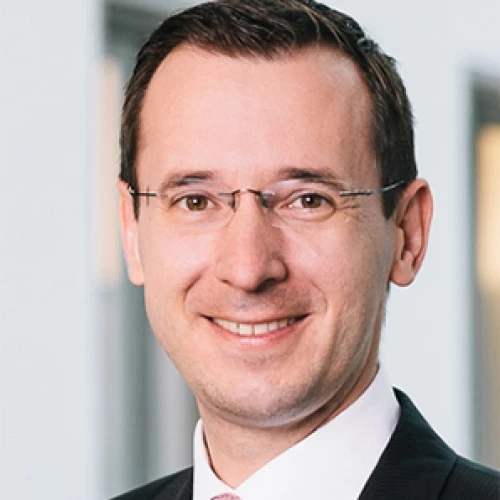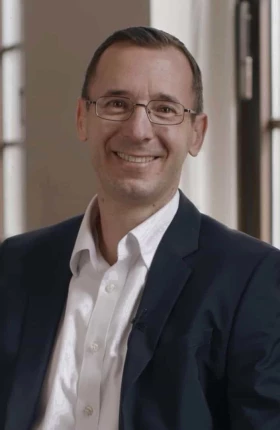
Education
- Diploma (Masters Degree) business administration, WHU Otto Beisheim School of Management Koblenz
- Diploma (Masters Degree), economics, Virtual University Hagen
- Phd, summa cum laude, finance, Technical University Munich
For over 20 years, Sebastian Stange has been a core member of Boston Consulting Group's Corporate Finance & Strategy practice. He is senior expert for corporate strategy and CFO excellence, and leads the firm’s work in strategic planning in Europe, the Middle East, and South America (EMESA). He supports clients and projects globally in many industries.
Within corporate strategy, Sebastian has a particular interest in group and business strategy development, parenting strategy (role of the corporate center), corporate portfolio strategy, capital allocation and investment governance, strategic planning and the strategy development process, and corporate governance and supervisory board best practices.
As part of BCG's Center for CFO Excellence, his current focus is on CFO/finance strategy and finance transformation; finance organization; planning, budgeting, and forecasting beyond budgeting; reporting and application of design thinking; and digital finance.











